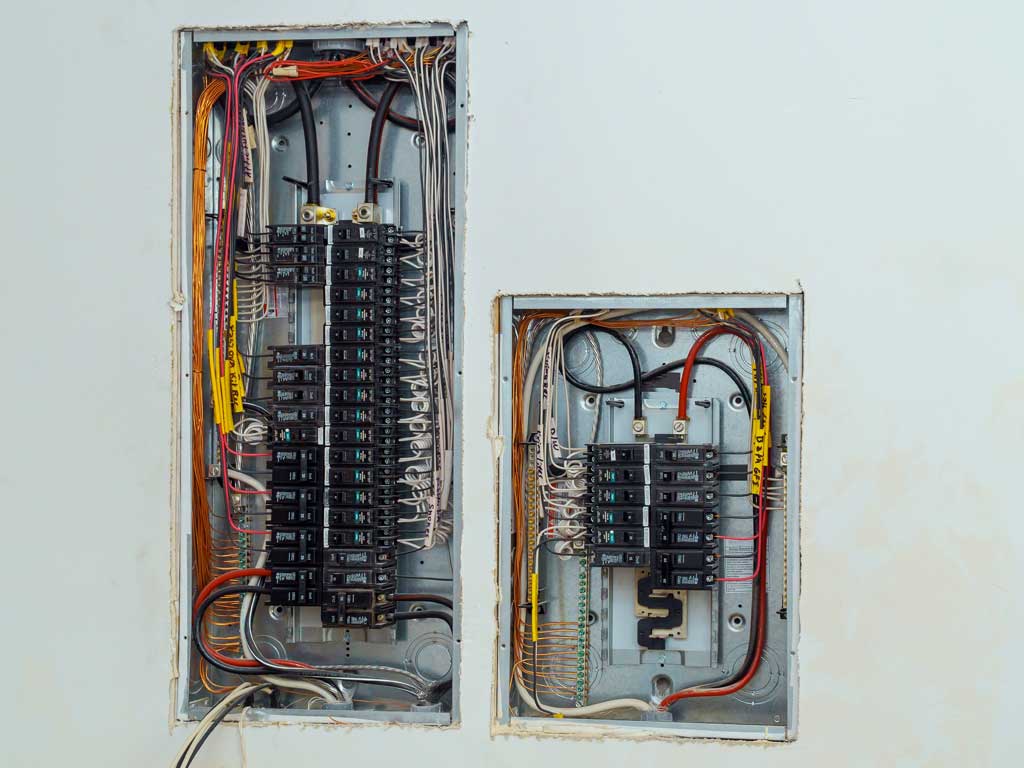SWIMMING POOL CONTROL PANEL

Having a swimming pool in a home can be aesthetically appealing, but so many people are afraid of managing it. However, a swimming pool control panel allows you to manage equipment from a centralized location. They can be available in the range of a simple on/off timer installed next to your equipment to a fully automated system that includes a wireless remote control and touchpad control panel inside your home. To understand which system is more suitable for you, you need to consider how many bodies of water and how many functions you want to control. Another important consideration is your budget and what kind of person you are. If you’re such a person who doesn’t mind crossing the yard to reach the timer, a base unit might suffice. On the other hand, a tech hunter who loves every bell and whistle he can get his hands on is likely to want something more elaborate. Fortunately, we have panels for all personalities.
We At ALAWAI are providing you with the best swimming pool controlling services that can help you manage your pools’ various functions. We have a team of friendly, talented, and experienced employees whose aim is just to satisfy you with their quality work.
Different Control Panels:
Pool equipment is now more complicated than ever, and pool owners expect something that could manage each function. They even expect remote control over their pool functions. They want to spend less time maintaining their pool; however, control panels are the way to satisfy this desire.
There is a wide selection of control panels out there to operate swimming pools. Previously, swimming areas were operated by a mechanical timer that required its owner to go outside to the pool equipment to operate.
Timers
Pool timers are the most basic automated controls that are usually installed outdoors, near the pool equipment. They come inside a weatherproof plastic or metal housing. Plastic cabinets are typically used in regions with warmer climates like Florida. On the other hand, metal cabinets work best in cooler climates. The common use for timers is to control the pump efficiently. We will mainly be referring to timers for in-ground pools but can be used on above-ground pools as well.
Electric and equipment controls
Now the pool is getting more innovative, and these changes like lighting systems have motivated an increase in automation. A simple ON and OF could not manage and monitor these innovative functions like the circulation of water and the lighting system. However, all these innovative technologises make sense that one must have a control panel that could run all those functions. And our system allows you to manage all these functions efficiently. You may tell your requirements to our professionals to customize your panels according to your need.
Automatic controls:
With the advent of technology and the ever-increasing commodities, automation systems are gaining popularity. During the past time, you were limited to expensive automation systems for more complex pads of equipment, with many types of equipment to control. Yes, at present, there is a big variation of systems to choose from, and some versions of these projects are specifically designed with a very simple configuration in mind. They are used to monitor multiple functions of your swimming area from the comforts of your home. They make you able to do many things, such as turn on and off the pumps. They also allow you to manage the temperature of your heater or turn on and off lights. Our panels are designed specifically to control the functions of your pool, including the constant circulation of water.
Some of the benefits of pool automation include;
- It eliminates the tedious task of chemical adjustment and frequent water testing.
- You can manage all the functions using your smartphones, removing the frustration of handling separate remotes.
- Using it gives you flexibility.
- It is more convenient and saves your precious time.
We offer a comprehensive line of cost-effective, energy-efficient equipment to monitor and direct your swimming areas. We have a range of swimming pool control panels that allow you to easily manage and monitor underwater lights, water circulation, heaters, chillers, etc. We can incorporate DMX controls, timers, and other automation into our panes. The motor can also be operated depending on your request.
However, if you are concerned about energy usage, let our experts know; they will include kWh meters and hour meters for easy tracking and monitoring of energy consumption and cost.
